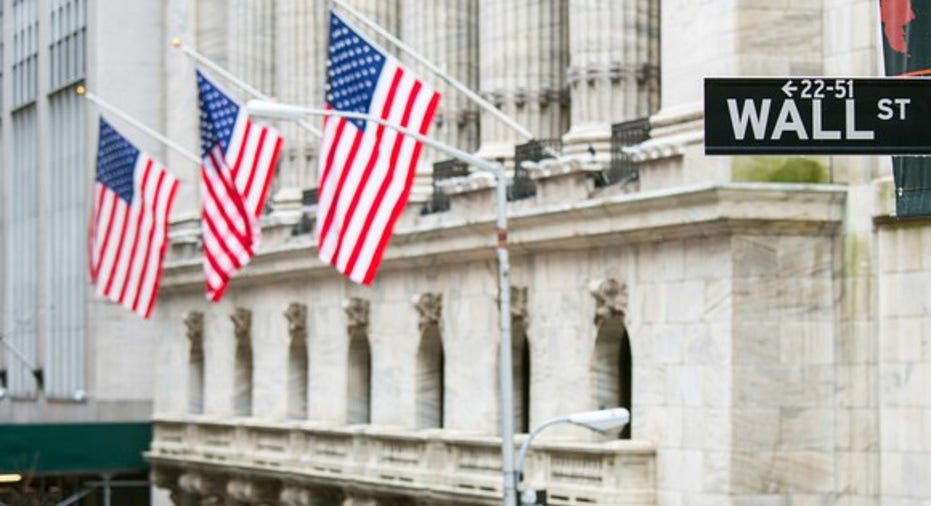Opinion: Wall Street Banks Up to Their Old Shenanigans

It used to be common practice for executives of publicly traded companies to meet privately with Wall Street analysts and brief them on their strategy, why they were a good bet, that sort of thing. The analysts, in turn, would write research reports for their firm’s investment banking clients and issue ratings on the stock. Usually “buy” ratings.
If any of those executives happened to share inside information, that would have given the bank’s clients – institutional investors like mutual funds, pension funds and hedge funds – a distinct trading advantage over retail investors like you and me. However, that would have been illegal, so no harm no foul.
Nevertheless, in August 2000, the Securities and Exchange Commission thought it would be a good idea to level the playing field. Just as the dot-com bubble was bursting, it enacted Regulation Fair Disclosure, requiring public companies to release material information to all investors simultaneously.
Finally, a break for the little guy, right? Not exactly. Never mind that Reg FD came along just in time for the little guys to lose their shirts in the market collapse of the century. We’ll come back to that in a minute. But to this day, there’s still plenty of funny business going on behind closed doors in the c-suite.
This may be hard to believe, but there are no rules barring public companies from meeting privately with Wall Street analysts. Not only that, but institutional investors are more apt to trade through banks whose analysts set them up to meet in private with top executives of the companies they cover, according to the Wall Street Journal.
What do you think they talk about behind closed doors, the weather? What could be so important that institutional investors place such value on those meetings? It couldn’t be inside information, could it? And investors would never trade on that information, would they? What, and break the law? Don’t be silly.
The Journal also reports that some public companies – including Coach and Sprint – may be conducting a nasty practice of refusing to provide executive access to banks whose analysts don’t carry buy ratings on their stock. And get this: That can affect an analyst’s compensation. Can you say “conflict of interest?”
If this sounds at all like a bad case of déjà vu, it isn’t. We’ve all seen this movie before.
Among the many revelations that came out of the 2000-2002 stock market crash, which wiped out more than $5 trillion of market value, was a widespread conflict of interest between, you guessed it, Wall Street analysts and and their investment banking cohorts.
Research analysts would pump up stocks with “strong buy” ratings in the hope of landing lucrative deals like IPOs and secondary stock offerings. The practice abruptly ended, or so we thought, in 2003, when federal regulators and state prosecutors negotiated a $1.4 billion settlement with ten of the nation’s largest investment banks.
The deal was led by then New York attorney general Eliot Spitzer and SEC chairman William Donaldson, who said it concluded “a sad chapter in the history of American business” and started a new chapter aimed at restoring investors’ faith “in the fairness and integrity of our markets.” Fairness and integrity my petunias.
The fine didn’t even amount to a day’s revenue for all those big banks. A couple of analysts were banned from the industry. And Sandy Weill, then CEO of Citigroup, got a slap on the wrist. But nobody was indicted and none of the banks admitted to any wrongdoing. No wonder so little has changed.
In the early morning hours of May 18, 2016, Goldman Sachs analyst Patrick Archambault issued a “buy” rating on Tesla with a $250 price target, according to Business Insider. After the market closed, Tesla announced a $1.4 billion public offering. This was not a surprise … especially not to Goldman Sachs, which co-led the offer’s underwriting.
Coincidence? Who knows? But when Wall Street’s involved, it’s hard not to be cynical.



















